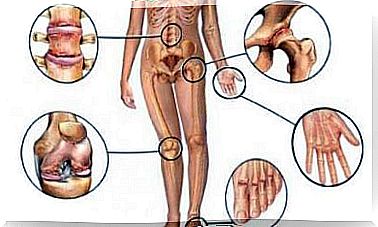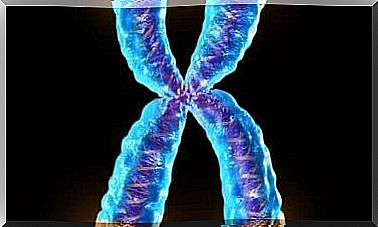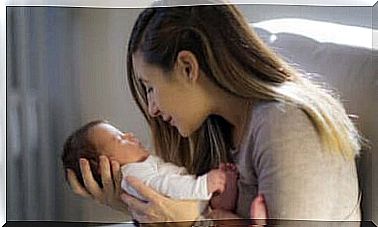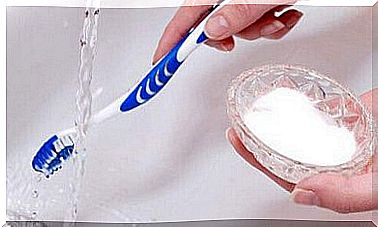How To Treat Bleeding After Childbirth?

Bleeding after childbirth can pose significant risks to women. In fact, they are one of the leading complications after childbirth worldwide . What is causing this bleeding? How can you treat them? In this article, we will show you the main aspects of this problem.
What are bleeding after childbirth?
Postpartum bleeding is defined as more than 500 ml of blood loss after vaginal delivery. If you have had a caesarean section, this increases to 1 liter of blood loss. Worldwide, more than 75% of complications after childbirth are caused by bleeding.
In addition, bleeding after childbirth is the leading cause of maternal death in underdeveloped countries. They cause almost a third of maternal deaths.
A third of these cases have no risk factors or known causes. That is why we know that bleeding after childbirth can occur in any woman. However, there are four common causes of this condition:
- Uterine atony: The woman cannot contract the uterine muscles.
- Trauma or injuries to the vagina or cervix.
- Remains of pieces of the placenta due to complications during childbirth.
- Blood clots.
How to treat bleeding after childbirth?
It is important to be treated quickly and efficiently to prevent maternal deaths. There are now steps that can be taken to prevent postpartum hemorrhage in developed countries.
The death rate in these countries is now 5%. It is therefore necessary to start treatments on time. The purpose of this is to reduce the number of risk factors you have.
Actively manage your birth

Childbirth also includes expulsion of the placenta after delivery. The more the uterus contracts, the shorter this stage of labor lasts. It will also be more efficient as a result. As a result, the risk of bleeding will be reduced. This can be done in several ways.
First, you may be given uterine medication. This contains substances that make the uterus contract, which shortens the delivery time. The most common drug used for this is oxytocin.
In places where oxytocin is not available, doctors may use other substances, such as misoprostol. The doctor should check the abdomen every now and then to see if it is contracting as it should.
Other steps doctors can take include clamping the umbilical cord early during the placenta extraction. However, this is currently a controversial practice.
Prevent perineum tearing
The perineal area is located between the genitals and the anus. In uncontrolled deliveries, it is common for women to tear out there. It can then cause bleeding. This is why some women get an episiotomy. This technique makes a small controlled cut in the perineal area.
This cutting is also effective to help prevent uncontrolled bleeding. However, it is also good to prevent future problems. For example, they can help prevent things like pain or poorly healing scars.
Minimize cutting in assisted deliveries
Sometimes doctors need to use special tools to help a woman give birth. Instruments should be chosen that cause as few injuries as possible. So if it turns out that assisted delivery is needed, the first option should be a vacuum pump, rather than cutting right in.
Detect and treat anemia during pregnancy
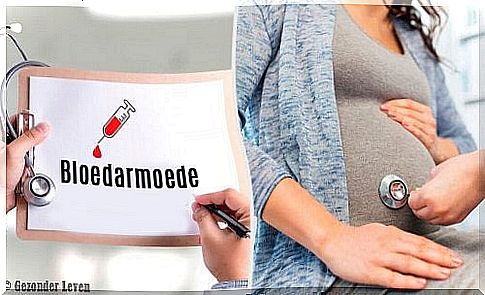
Anemia can exacerbate bleeding after childbirth. The diagnosis and treatment of anemia during pregnancy are therefore also ways to prevent additional bleeding.
However, the treatment of anemia may depend more on getting supplements on time, not the amount of supplements. We therefore recommend that all pregnant women take iron and folic acid supplements. Folic acid is recommended until the tenth week of pregnancy.
Blood transfusion
You can lose a lot of blood due to bleeding after childbirth. It may therefore be necessary and important to receive a blood transfusion to compensate for the blood loss.
Final consideration regarding bleeding after childbirth
Postpartum haemorrhage is one of the most common obstetric complications in the world that can cause maternal death. All women are at risk of getting this.
It is therefore important that you keep your pregnancy under control throughout the entire period. It is also essential to get help as soon as possible to have a good outcome.

